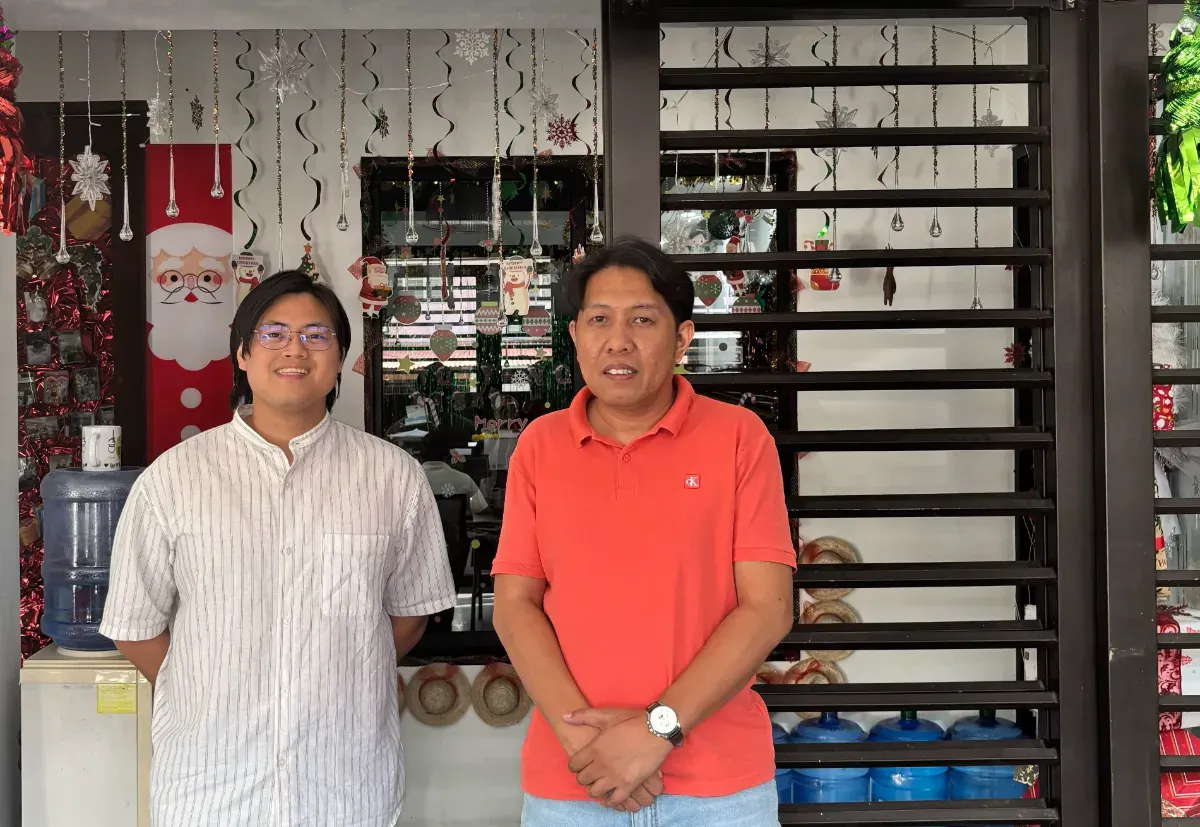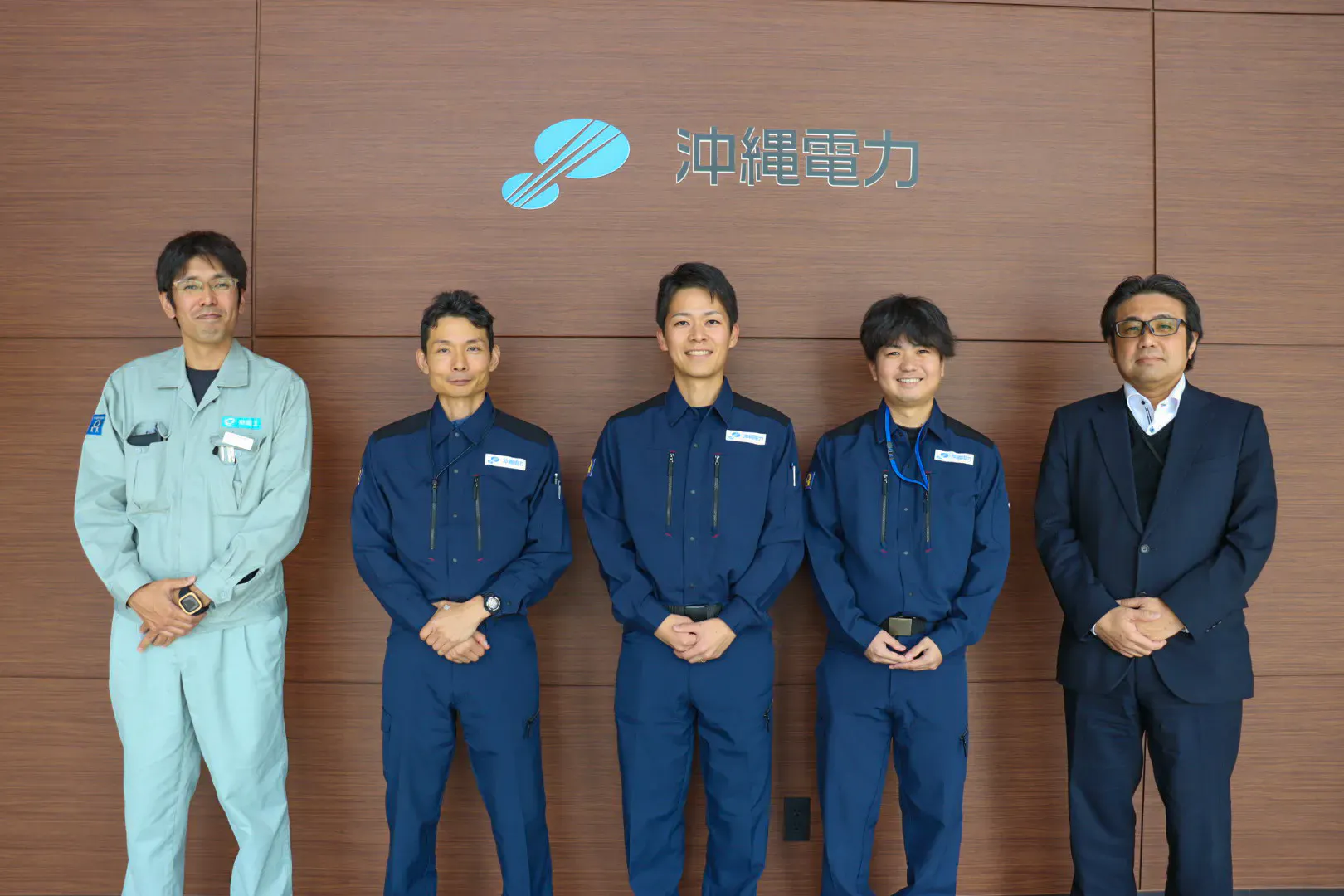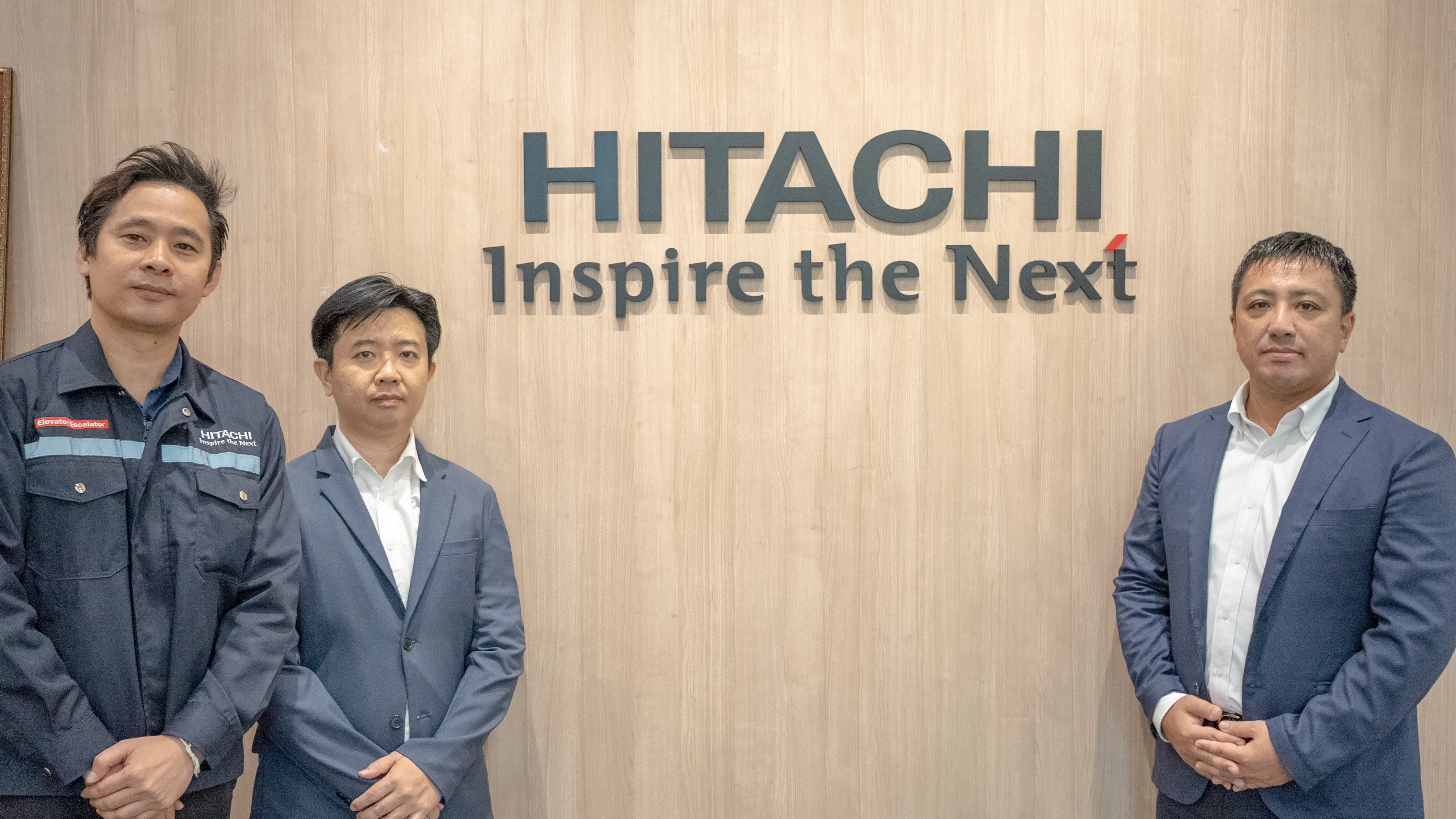From Complexity to Clarity: How KANNA Revolutionized RWSI’s Documentation and Communication


Company Name
RWSI (ROOF AND WALL SAVER, inc.)
Number of Employees
Business Activities
Utilization Services
KANNA enabled RWSI to transform its operations by simplifying documentation and streamlining communication across multiple projects, ensuring efficiency and clarity.
Background and Effects of KANNA Implementation
導入の決め手
To digitalize the means of information communication related to logistics, to realize accurate and speedy sharing, and to establish an efficient operation system.
(1) Simplifying Documentation and Communication:
Addressed the challenge of maintaining organized documentation and seamless communication across long-term projects, especially during client and team transitions.
(2) Enhancing Usability for On-Site Teams:
Focused on providing a user-friendly tool for engineers, site teams, and laborers, ensuring effective use in a technology-skeptical construction industry.
(3) Improving Project Coordination:
Enabled instant access to project-specific information to streamline operations, prevent overlap, and improve on-site issue resolution.
効果・改善
(1) Enhanced Operational Efficiency:
Improved organization of documentation and communication, saving time and preventing financial losses in scenarios like change order disputes.
(2) Streamlined Documentation Processes:
Automated storage and easy retrieval of project-related materials, such as photos and reports, improved accountability and compliance.
(3) Increased On-Site Productivity:
Simplified communication and reporting processes for safety, quality assurance, and workmanship issues, reducing paperwork burdens.
1. Company OverviewCould you tell us about your company’s business activities?
My name is Patrick Teodosio from RWSI. We are a facade contractor specializing in painting high-rise structures for both residential and commercial properties. Additionally, we specialize in waterproofing, with a focus on membrane roofing systems for industrial facilities. In essence, we handle the construction of the exterior layer of any building.
2. Background for Implementing KANNAWhat were the main challenges or issues your company faced before introducing KANNA?
At that time, we were facing two main challenges. Our company, Roof and Wall Saver, is a 27-year-old business that started small and has grown over the years. One of the pain points we noticed as we expanded was related to documentation. We work on projects that can last anywhere from 1 to 3 years, and during that time, client teams often change—either getting transferred or replaced. As a result, important documentation sometimes gets lost.
The second challenge was internal communication within our own company. Coordinating material orders, ensuring the right amount of manpower, and quickly addressing any on-site issues were all struggles. We needed a way to access this information instantly, while making sure it didn't get mixed up in the process.
For example, with 30 active projects, if 7 of them encounter issues, it’s essential that each issue is properly linked to its respective project, without any confusion or overlap between projects.
How did you first learn about KANNA?
At that time, we were really looking for software to help with both documentation and communication between our project sites and the main office. Initially, we tried using Smartsheets to bring everything together. However, we quickly realized that Smartsheets was a bit too complicated for our on-site workers—engineers, site teams, and laborers. Smartsheets is designed for desk workers, and while it works well on a computer, it’s not ideal for mobile use. Its setup is challenging for a construction business like ours, which made it less effective for our needs.By chance, we discovered Aldagram and had the opportunity to meet Shinji and Kento(*Aldagram Staff), who were visiting the Philippines for a Worldbex event. They visited our office and gave us an in-person demo. We were impressed by how well KANNA operated on a smartphone, and our workers found it easy to use. This ultimately convinced us to give it a try.
What led you to decide to implement KANNA?
We considered various project management software options, including Procore, but found them too complicated, especially for the on-site team. The main reason for choosing KANNA was its simplicity.
So your intention is to make it user friendly for the site team as well?
In the construction industry, particularly in a developing country, technology isn’t widely used, and the company needed software that would be easy for laborers and site workers to use. KANNA has straightforward design, without unnecessary features, made it the ideal choice for their needs.
3. Reasons for Choosing KANNAWhat features or aspects of KANNA influenced your decision to adopt it?
For us, the strength of KANNA lies in its documentation, especially the chat function.
It's very useful for on-the-go communication with the team, as messages don't disappear and are easily accessible.
The ability to organize messages by individual projects ensures that teams stay focused on their specific tasks, preventing information from getting lost or mixed up in the overall process, especially when managing multiple projects. Additionally, any photos shared in the chat are automatically stored in a folder within the project too.
4. Usage of KANNAWhat types of tasks or operations do you primarily use KANNA for?
We mainly use KANNA for our operations, managing all communication and documentation related to them.
It's a tool designed for the site team, where documents like presentations, reports, and correspondences are uploaded and stored. Each document is organized and archived within KANNA, assigned to the appropriate project for easy access and reference.
Among KANNA's specific features, which do you find most useful?
The site team, including engineers, project managers, safety officers, and quality assurance officers, primarily uses KANNA for documentation.
A significant part of their job involves uploading videos, pictures, and reporting safety incidents or workmanship issues. The company faces a major challenge with paperwork in construction, as without an organized system for storing and accessing information, things can go wrong.
Would you say the documentation part of KANA is the most important aspect for you?
Yes, The documentation feature of KANNA is considered the most important aspect, as it helps manage and compile all necessary documents efficiently.
5. Benefits After Implementing KANNAHow much has operational efficiency improved on-site in areas such as efficiency, task management, and communication since implementing KANNA?
We faced a situation where a change order had to be made for a project, but the client-side team had been replaced during the process. When the change order was completed, the new team claimed there was no record of it. Fortunately, the company had a trail of letters related to the change order, which helped us prove our case and get paid. This kind of situation happens frequently, as plans often change during construction, leading to confusion and missed communications about updates.
So would you say it saved you time, financial aspects like in those scenarios, for example, proper documentation helps with that.
The proper documentation, especially in such scenarios, saves the company both time and money. Without a system like KANNA, it could have taken months to sift through emails to find the necessary documents to approve the change order and claim. The documentation process not only helps with financial matters but also provides a clear trail, which is essential for staying organized. While the company is specialized in a niche service, this is even more important for general contractors, who manage larger teams and more complex projects, where communication and documentation can become even more challenging.
6. Recommendations for Other CompaniesDo you have any advice for companies considering KANNA?
I have the mindset of the client, I had tried various project management software, including Procore and a local option. However, I realized these tools aren't standalone solutions—they only work if the team knows how to use them. It's similar to the analogy of a hammer and nail. A hammer is effective for driving a nail, but it’s useless if you don’t know how to use it.
The main takeaway is that proper training and onboarding are crucial for effectively using any project management software.
In a few words, what would you say is the main benefit of using KANNA?
It gives us the ability to organize information in a simple, user-friendly way. It’s lightweight and easy to use.
Article published on: August 1, 2025





